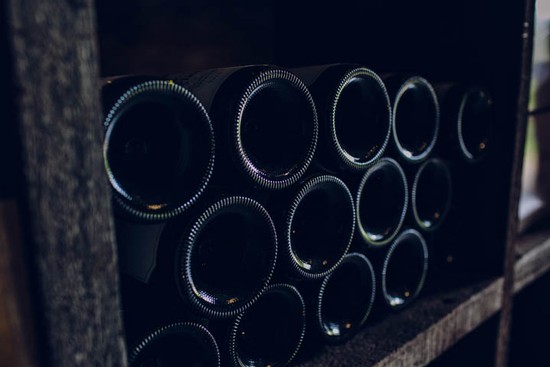When does wine reach its peak drinking age?
The alchemy of wine, and its ageing properties, is a fascinating phenomenon. Unlike other consumable goods, age-worthy wine has a beguiling ability to transform into an entirely different drink in the bottle. Why? There are so many factors that contribute to its transformation, from region, vineyard variation and vintage conditions, through to grape variety, winemaking style and that other contributing factor we call science.
Then, once the wine is bottled, its cellaring comes into play. Is it stored in a cool, dark place? Where was it kept until it became yours? Is it under cork or screwcap?
And at some point, the wine reaches its peak drinking age. There’s no magic number, algorithm or sign from above to ascertain when this ideal drinking point has arrived. During the life of a wine, its owner must decide when to open that bottle. It’s a big decision. Open it too early and the wine will never realise its potential. Open it too late and that precious drop has reached its peak and slipped off the quality scale for good.

So, when do you open that bottle?
Before we head into this contentious area, it’s worth noting that most wines are made to be drunk young and enjoyed, not cellared, when they are released. But in the case of Singlefile, many of our reds and whites are crafted to age for 5-10+ years. On our website, each wine features tasting notes, and these notes are complemented with cellaring advice. You can also hunt down cellaring advice for varieties, regions and vintages across the infinite landscape of the internet.
But every bottle is different. Over time, secondary characters and complexity can take a wine to the next level. But of course it’s all about personal taste. Ageing a wine doesn’t necessarily make it better; it simply makes it different.
So which wines have ageing potential? For white wines, it’s often Chardonnay, Riesling and Semillon – these varieties have high levels of acidity and can develop richness and complexity, proving to be remarkably long-lived. High-end vintage Champagne can also age beautifully due to its high acid levels, as can many dessert wines.
For reds, ageing turns their tart, tannic astringency into soft, mellow, yet complex wonder. Both tannins and acid act as preservatives, slackening oxidisation and slowing the flavour-changing reactions. Among other varieties, Cabernet Sauvignon, Shiraz, and Pinot Noir all age well over time. Reds tend to lose colour brightness as they age; whites tend to gain colour intensity.
So when it comes down to it, our philosophy at Singlefile is to avoid missing the opportunity. We open our special bottles when the moment feels right. We enjoy making an occasion of its opening. With global Open That Bottle Night on the horizon (Saturday 27 February), we are planning to open a few wines that we’ve saved for a rainy day, with great friends and good food. We encourage you to do the same. It doesn't have to be on 27 February – choose your own adventure. But whatever you do, open that bottle.
